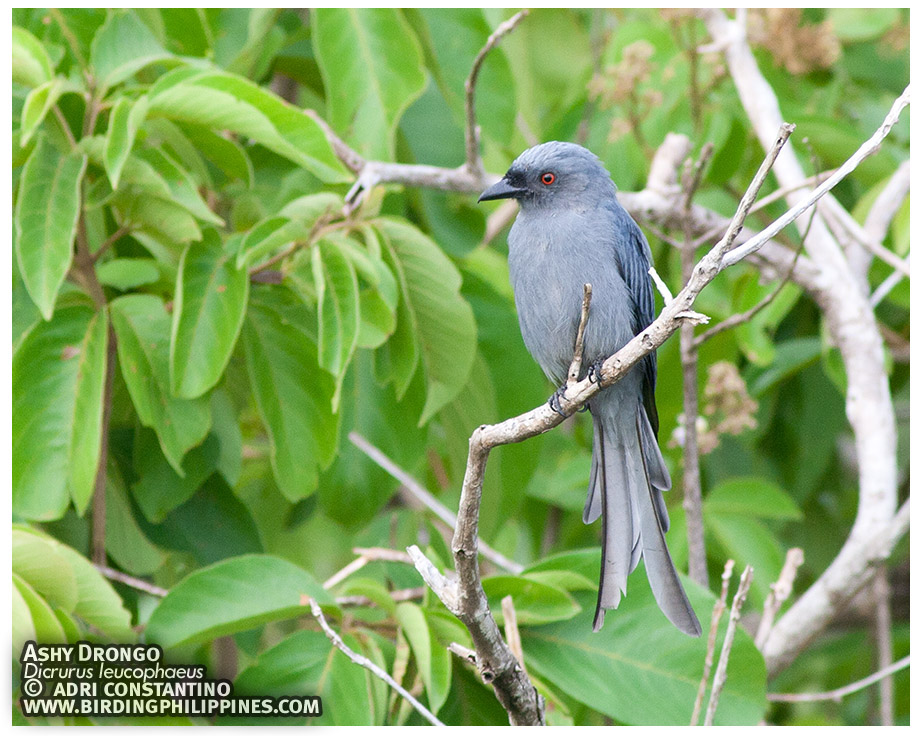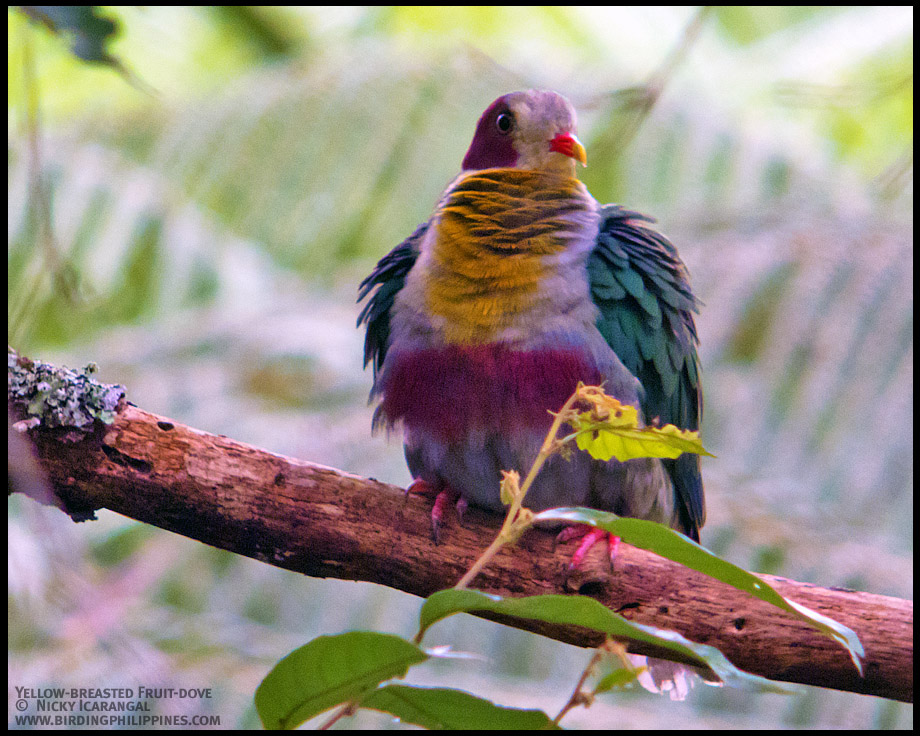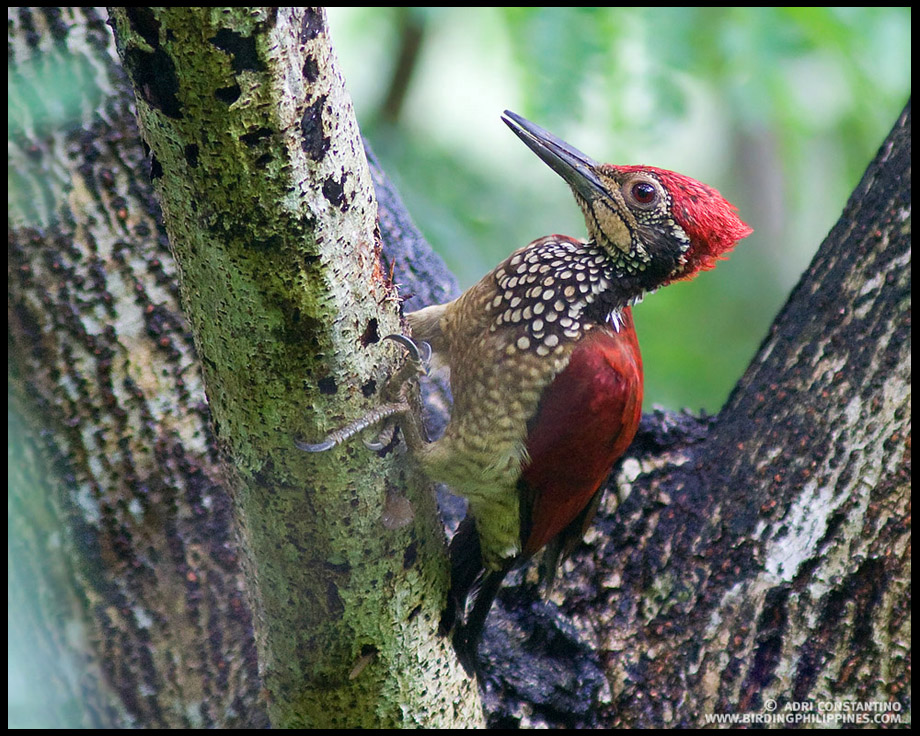Rufous-lored Kingfisher [HD]
One of the main targets of a birding trip to the Philippines is to see the country's six endemic kingfishers. We have Philippine Dwarf Kingfisher for the major islands, Spotted Wood and Indigo-banded Kingfishers in Luzon, while Mindanao and its satellite islands have Silvery Kingfisher, Blue-capped Wood Kingfisher and the one featured here in this video: the Rufous-lored Kingfisher.
The Rufous-lored Kingfisher usually inhabits the lowland forests of Mindanao, Bohol, Samar, Leyte and its satellite islands and feeds on small vertebrates such as lizards, frogs and other invertebrates. Like its relative in Luzon, the Spotted Wood Kingfisher, the Rufous-lored Kingfisher is very active in the early morning and is usually given away by its loud and harsh calls. These individuals were recorded during one of our birding trips to PICOP, Bislig, Surigao.




